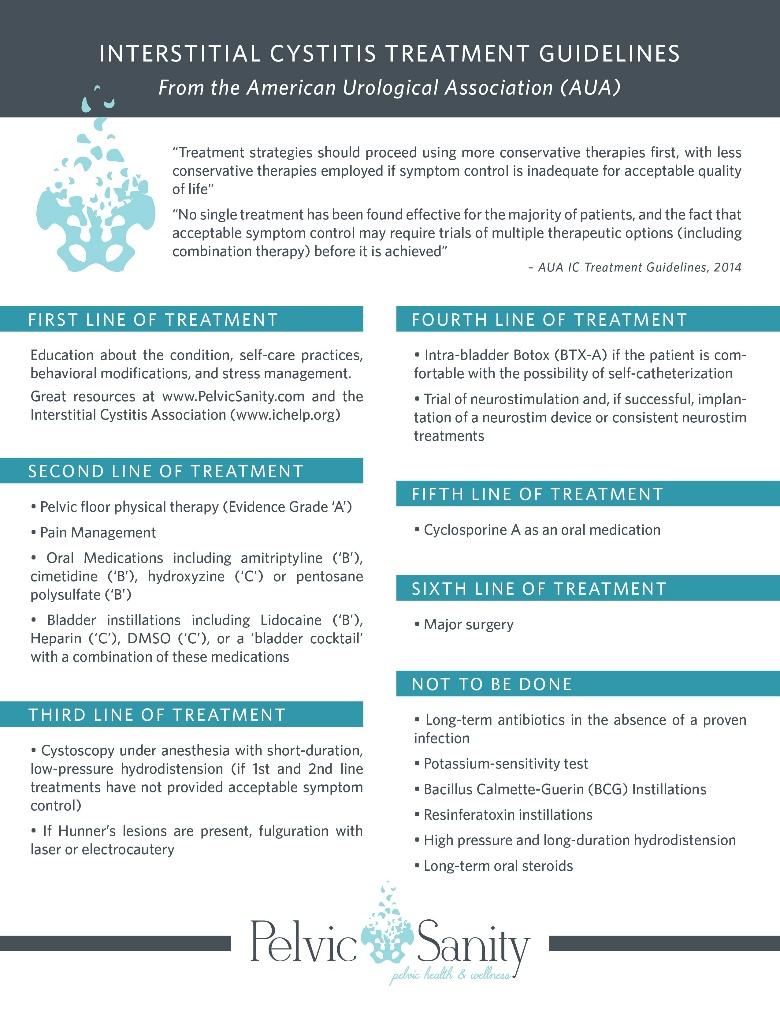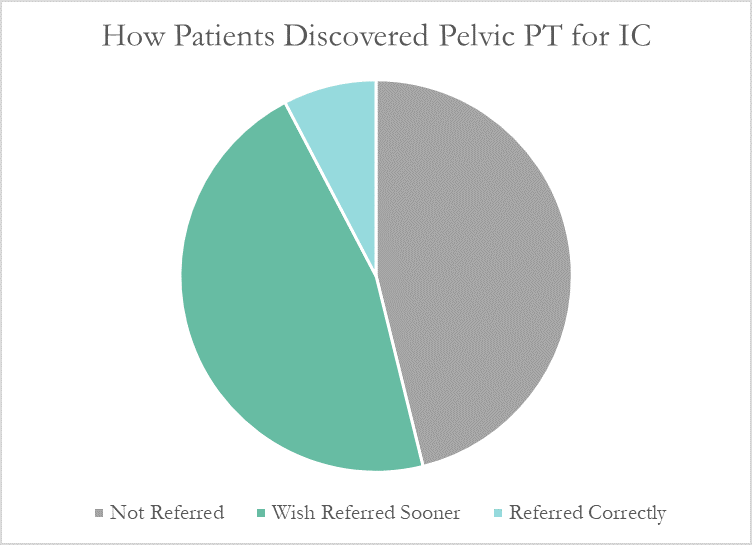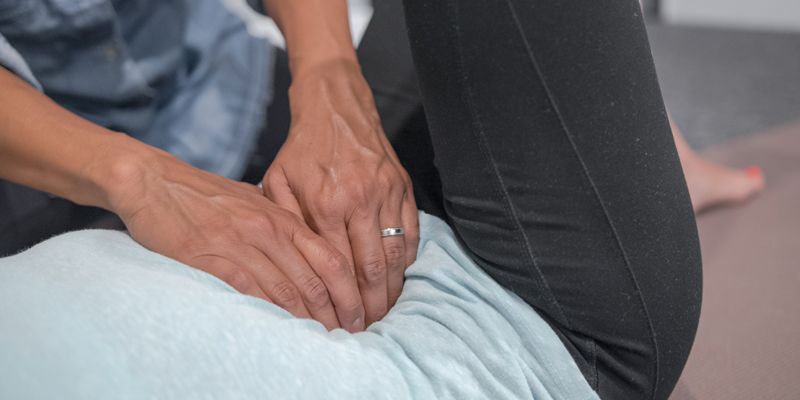To treat your pelvic floor internally the therapist may insert a finger or an appropriate instrument in the vagina or rectum to massage the muscles and connective tissue directly and to release trigger points.
Internal pelvic floor therapy for interstitial cystitis.
Pelvic floor physical therapy pressing on the internal pressure points with the crystal wand either doesn t help or makes me feel better for.
Medicines and other therapies may be used if lifestyle changes not help and surgery may be necessary as a last resort.
A recent study very well summarises the importance of pelvic floor pt for interstitial cystitis as a recovery method.
Transcutaneous electrical nerve stimulation tens.
Pelvic floor physical therapy is the most proven treatment for interstitial cystitis.
But no single treatment works for everyone and there s disagreement about how effective some of them are.
A common trigger point release technique is to put pressure on the spot until it relaxes.
Pelvic floor therapy in.
It s recommended by the american urological association aua as a first line medical treatment in their ic guidelines and is the only treatment given an evidence grade of a.
You may feel worse initially.
It s the only therapy given an evidence grade of a by the american urological association and recommended in the first line of medical treatment.
You may need to try several treatments to find one that works for you.
These can cause pelvic pain and make intercourse uncomfortable.
Tablets or capsules may be used to treat.
Unfortunately there s currently no cure for interstitial cystitis and it can be difficult to treat although a number of treatments can be tried.
A significantly higher proportion of women with interstitial cystitis painful bladder syndrome responded to treatment with myofascial physical therapy than to global therapeutic massage which speaks volumes of the effectiveness of the treatment for this particular condition.
Physical therapists can teach exercises to both strengthen and relax your pelvic floor muscles.
The therapist may do manual therapy or massage both externally and internally to stabilize your pelvis before using other kinds of treatment.
Manual therapy takes time and patience and may require one to three sessions per week depending on the technique used and your response to treatment.















































